How Are Data Science And Machine Learning Used Together?
4.9 out of 5 based on 4562 votesLast updated on 7th Nov 2023 5.7K Views
- Bookmark

Data Science leverages Machine Learning to extract insights from data, making predictions and driving informed decisions.
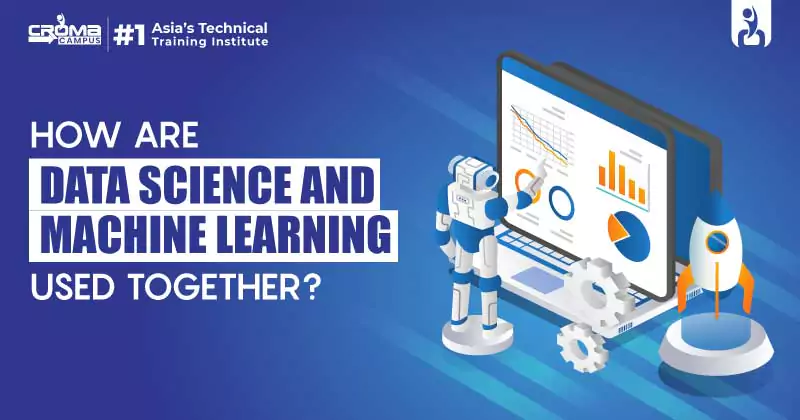
Overview:
Machine Learning is a new buzz in the IT industry today, but it has been around for years. Ever wondered how YouTube knows what videos to recommend? It considers what you're watching, where it's from, how long it is, and its topic. YouTube uses this info to suggest similar videos, learning from your watching habits. That's Machine Learning in action, and it's been around for years.
Data Science covers various domains, with Machine Learning Course being one of them. Data Science involves different fields like Statistics and Artificial Intelligence for analyzing data and drawing valuable insights. In this article, we'll explore how Machine Learning is used in Data Science for data analysis and uncovering meaningful insights.
About Data Science
- Today, data is more massive and complex than ever before.
- Data Scientists grapple with diverse data formats to make predictions and draw conclusions efficiently.
- Data Science emerges as a solution, blending advanced Machine Learning techniques with a range of tools.
- It aids Data Analysts in faster decision-making, pattern discovery, and predictive analysis.
- Data Science is a solution for managing complex data efficiently.
- It combines advanced Machine Learning with diverse tools for faster decision-making and uncovering new insights.
- In the world of Data Science, researchers have found a powerful combination of tools and techniques to meet the growing challenges of handling vast and complex data.
About Machine Learning
- Artificial Intelligence and Machine Learning comes together. Machine Learning is a part of Artificial Intelligence where machines learn from data using algorithms, all without human intervention.
- It involves feeding data and defining features, allowing machines to adapt and grow independently.
- Machines rely on data to observe, identify patterns, learn, and make predictions.
- Online recommendation engines, like YouTube or Facebook, use Machine Learning for personalized suggestions.
- Google's Self-Driving Car utilizes Machine Learning to understand patterns, learn, and operate safely.
Data Science and Machine Learning – Learn Applications
Machine Learning plays a pivotal role in Data Science, with applications spanning various domains. Below are some prominent use cases of Machine Learning in Data Science:
- Real-Time Navigation: Google Maps optimizes routes using real-time and historical traffic data, making your commute more efficient.
- Image Recognition: Machine Learning identifies objects and people, powering features like Face Recognition on smartphones and automatic friend tagging on social media.
- Product Recommendation: E-commerce and entertainment platforms like Amazon and Netflix use Machine Learning to suggest products and content tailored to your preferences.
- Speech Recognition: Machine Learning converts spoken language into text, enhancing voice-activated virtual assistants and closed captioning services like Siri and YouTube.
These are just a few examples of how Machine Learning revolutionizes Data Science, making it a crucial tool for improving everyday experiences and decision-making processes.
Data Science with Machine Learning: Learn ML Workflow in Data Science
Machine Learning and Artificial Intelligence have taken the forefront in the data science industry, surpassing traditional aspects like Data Analytics, ETL, and Business Intelligence.
Machine Learning automates the analysis of vast datasets, making data-informed predictions in real time without human intervention. It involves building and training a Data Model and incorporating Machine Learning Algorithms into the Data Science Lifecycle.
Machine Learning Workflow in Data Science:
- Data Input: Start by feeding the data you want to analyze.
- Feature Definition: Define specific features for your Data Model.
- Data Model Creation: The Data Model is automatically constructed based on the defined features.
- Training: The Model is trained using the initial dataset.
- Predictions: Once trained, the Machine Learning Algorithm is ready to make predictions when new data is uploaded.
Example: Google Lens
Consider Google Lens as an example. To identify a product, the App must first recognize what it's looking at, whether it's a pair of jeans, a jacket, or a dress. Features for each product are defined, such as the presence of shoulder straps, zippers, or arm holes. This information enables the App to create a Model for each type of clothing.
When a picture is uploaded, the App examines existing Models to identify the product. It then utilizes Machine Learning Algorithms to make predictions and display similar clothing models.
This workflow showcases how Machine Learning drives efficiency and automation in Data Science processes.
Learn steps of ML in Data Science Lifecycle
- Data Collection: The foundational step in Machine Learning, where relevant and reliable data is gathered, greatly impacting the Model's quality and results. This collected dataset is then used for Training the Data Model.
- Data Preparation: Data Cleaning is the initial phase, ensuring the dataset is error-free and standardized. It is also divided into two parts: one for Model Training and the other for evaluating the Trained Model's performance.
- Training the Model: This is where the learning process commences. The Training dataset is utilized to predict the output value. Iteratively, the Model's prediction accuracy is enhanced by adjusting the initial parameters.
- Model Evaluation: After Model Training, it's crucial to evaluate its performance. This evaluation employs a dataset set aside during Data Preparation, which was not used for Training. It provides insight into how the Model will perform in real-life scenarios.
- Prediction: While the Model is now Trained and evaluated, it's not yet ready for deployment. Fine-tuning parameters further enhance the Model. Prediction marks the final stage, where the Data Model is deployed to apply its learning to answer questions and make predictions.
Now that we've covered the Machine Learning workflow, let's explore various Machine Learning Algorithms in Data Science.
You May Also Read:
Python Programming for Beginners
Python Interview Questions and Answers
Data Science Interview Questions and Answers
Machine Learning and Deep Learning
Machine Learning Interview Questions
Final Thoughts:
In today's data-driven world, organizations prioritize using data to enhance their products. Data Science and Machine Learning are inseparable, with Machine Learning automating tasks, and simplifying the lives of Data Scientists. As the volume of data continues to grow, Machine Learning is set to play a central role in analysis. Therefore, deep Machine Learning knowledge is vital for Data Scientists to boost productivity.
This article provided an introduction to Data Science and Machine Learning through real-life examples, showcasing how Machine Learning enriches Data Science and extracts valuable insights. It outlined the Machine Learning workflow in Data Science, highlighted popular Machine Learning Algorithms, and explored real-world applications.
Subscribe For Free Demo
Free Demo for Corporate & Online Trainings.
Your email address will not be published. Required fields are marked *


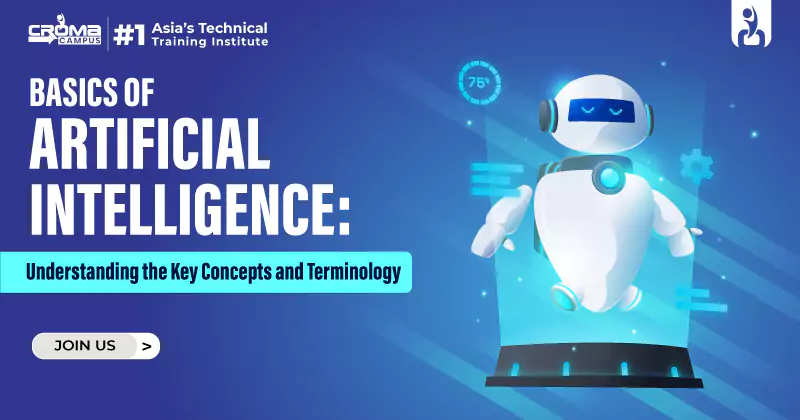
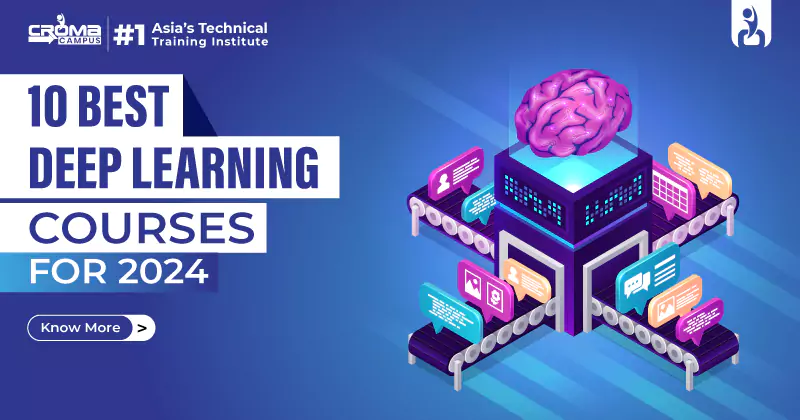


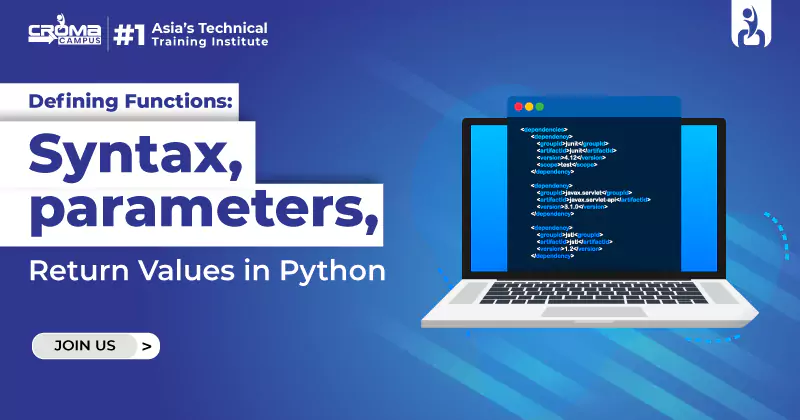

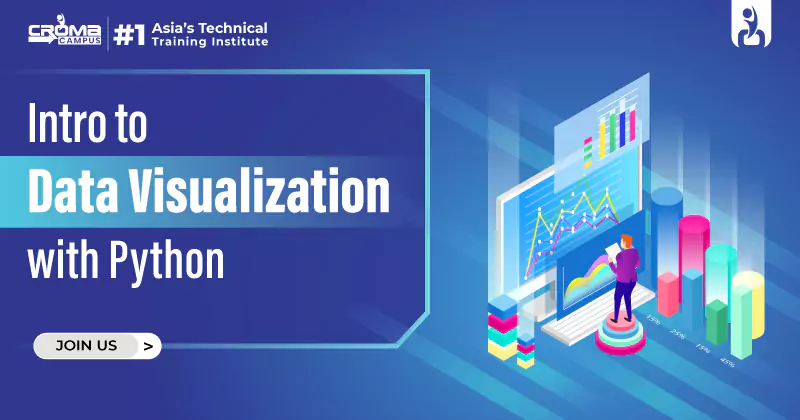


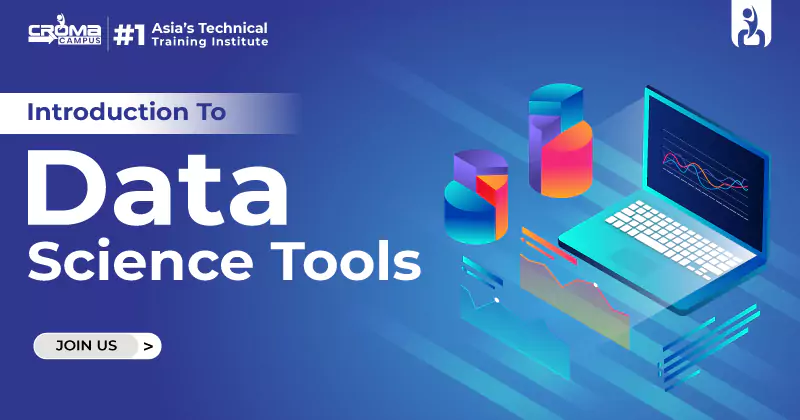









 Master in Cloud Computing Training
Master in Cloud Computing Training